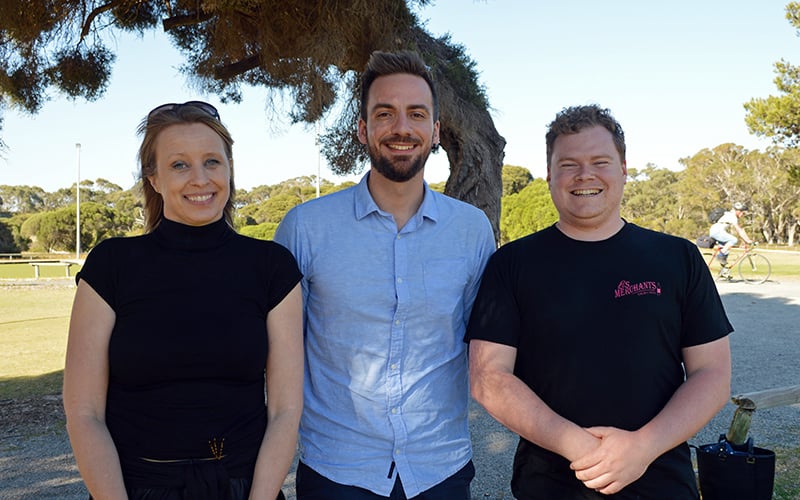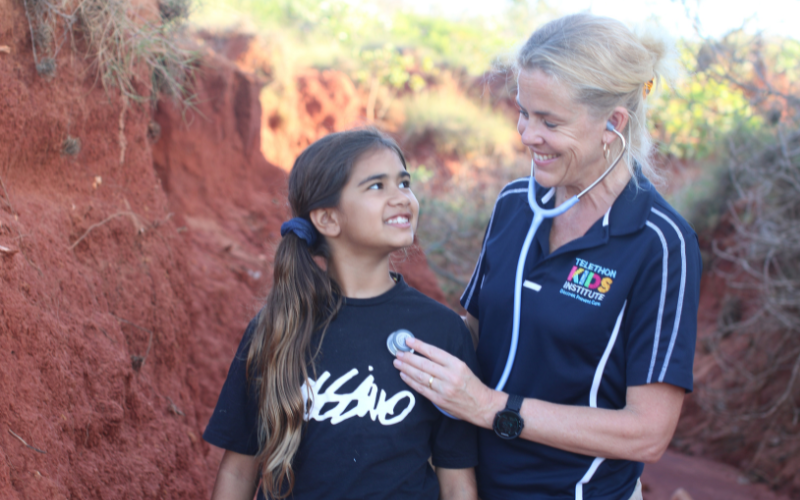Search
Showing results for "aboriginal respiratory"
Research
Key paediatric messages from the 2018 European Respiratory Society International CongressGroup Chairs and early career members highlight some of the most interesting findings in the field of paediatrics presented at the 2018 international ERS Congress

News & Events
Wal-yan Centre inaugural Shark Tank winnersCongratulations to Dr Montgomery, Dr Iosifidis and Dr D’Vaz on winning the Wal-yan Centre's inaugural seed funding competition.
News & Events
Ear infections linked to passive smokingA new report from Perth's The Kids for Child Health Research has found a strong link between childhood ear infections and exposure to tobacco smoke.
Research
Prevalence of chronic wet cough and protracted bacterial bronchitis in aboriginal childrenStrategies to address reasons for and treatment of chronic wet cough and protracted bacterial bronchitis in young Aboriginal children in remote north Western Australia are required
Research
Chronic wet cough in Aboriginal children: It's not just a coughResults highlight the need for a culturally appropriate information and education of the importance of chronic wet cough in children
Research
Predictors of pneumococcal carriage and the effect of the 13-valent pneumococcal conjugate vaccination the Western Australian Aboriginal populationThe PCV7 was introduced to prevent IPD in WA Aboriginal people in 2001 to a lesser extent in older people.
casual research assistant kimberley

News & Events
New trial aims to nip chronic lung disease in the bud for First Nations kidsWA researchers will use a $1.97 million Medical Research Future Fund grant to develop a strategy for better follow-up of First Nations children after they’ve been hospitalised for respiratory infections, in a bid to halt the slide into more severe lung disease.
Research
The clinical utility of lung clearance index in early cystic fibrosis lung disease is not impacted by the number of multiple-breath washout trialsThis study aimed to determine if relationships between LCI and clinical outcomes of CF lung disease differ when only two acceptable MBW trials are assessed.
Research
Consensus statement for inert gas washout measurement using multiple- and single- breath testsInert gas washout tests, performed using the single- or multiple-breath washout technique, were first described over 60 years ago.
